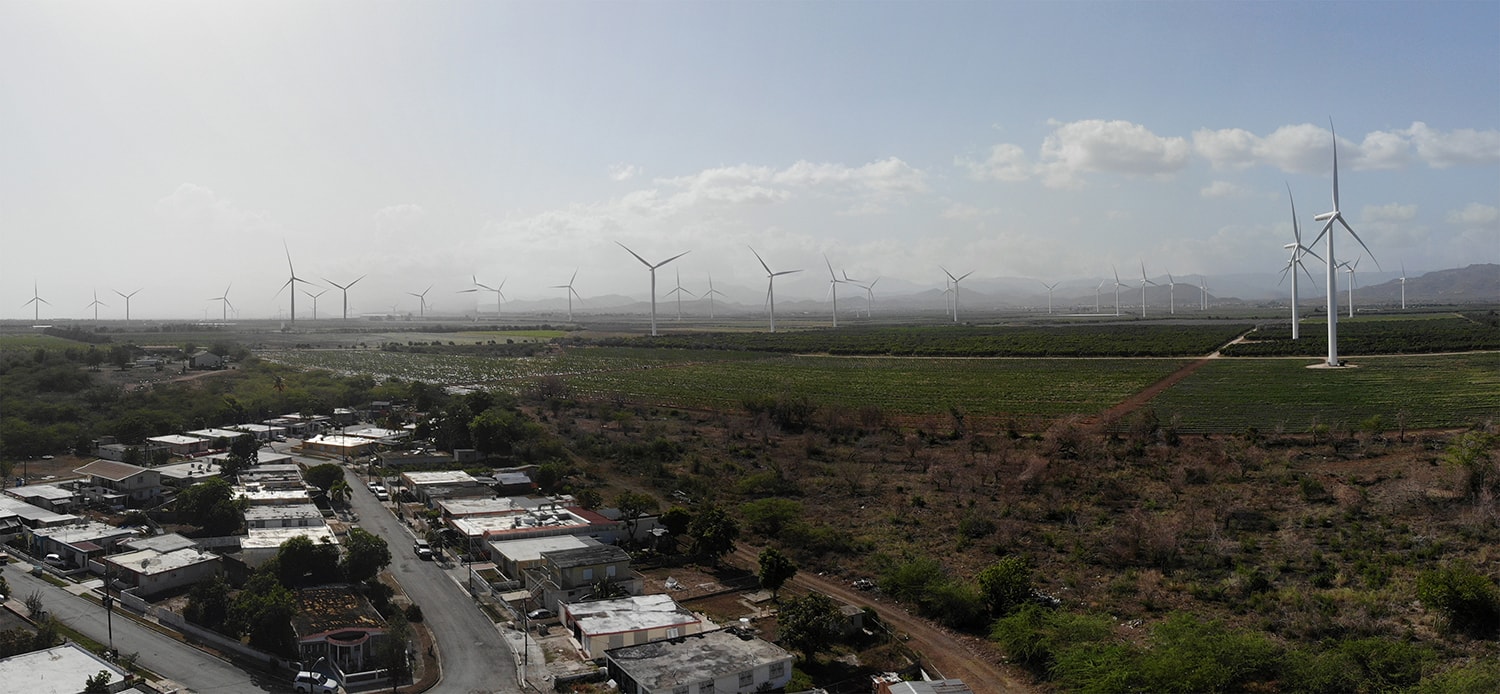At Scenario Journal, we are hard at work finalizing content for our next issue, on the politics of energy and the power of power. In the United States, this kind of power has been in the news a lot lately: who gets to keep theirs, and who gets theirs turned off? We’re referring here to the recent electrical outages in California as electrical utility PSE&G shut down parts of its grid for up to a million people in order to avoid setting off another conflagration like last year’s devastating Camp Fire—and the impacts are not felt equally. In other power news, a growing number of states attempts to do something to regulate their contributions to climate change—most recently big gas and coal-user Pennsylvania, which announced that it will join its neighboring Northeastern states in the Regional Greenhouse Gas Initiative (RGGI). The RGGI expansion represents a significant move on emissions, but doesn’t come anywhere near dressing the magnitude of the climate problem.
We’ve been thinking about the need to tell climate stories that are local and grounded in our own communities, but also the need to connect to powerful, global solidarity movement. The Global Climate Strike was a great moment to put these perspectives together and to remember to elevate the voices of youth, of people of color, of front line communities around the world and in our home towns.
If you need some motivation, or are struggling to bring emotions and power to climate conversations, it might be time to rewatch the powerful, Greta Thunberg at the U.N. Climate Action Summit in September.
Design and the Green New Deal
What would it look like to actually take our global climate emergency seriously? In the United States, the only policy that actually rises to the scale of the climate emergency is the Green New Deal, (or GND). The GND proposes to achieve drastic cuts in carbon emissions within ten years through a massive WWII-style mobilization, while guaranteeing good green jobs to millions. (Here is the Green New Deal explained in 7.5 minutes in a Vox explainer video).
Despite the hype surrounding the unveiling of the Green New Deal resolution in the U.S. Congress, there remains some confusion about what exactly a GND might eventually look like. So on September 13, 2019 the University of Pennsylvania’s Ian McHarg Center hosted an full-day event called Designing the Green New Deal, to start fleshing out the suite of concerns that will be central to an eventual Green New Deal policy package, including grappling with the role that designers and spatial planners will have to play in the radical decarbonization of the economy. The event brought together thought leaders from the think tanks and organizations most heavily involved in the crafting of the GND vision, and put them in conversation with historians, designers, and some incredible environmental justice activists and labor organizers, to discuss what is at stake in the fight for a Green New Deal.
If you weren’t able to attend the event at Penn, don’t worry—the whole ten and a half hours are recorded and available online: https://vimeo.com/359778899
Green New Deal Reading List
Not ready to watch all 10.5 hours of the event recording, here is a list of readings from the event’s list of presenters, compiled courtesy of the Ian L. McHarg Center for Urbanism and Ecology at UPenn, that start to give a flavor of the wise of concerns that are at the heart of the GND:
- Billy Fleming’s “Design and the Green New Deal” in Places Journal
- Daniel Aldana Cohen’s “Eco-Apartheid is Real” in The Nation
- Rhiana Gunn-Wright on The Ezra Klein Show, “Meet the Policy Architect behind the Green New Deal”
- Nancy Levinson’s “Open and Shut” in Places Journal
- Nicholas Pevzner’s “The Green New Deal, Landscape, and Public Imagination” in Landscape Architecture Magazine
- Leah Stokes’ “With Hurricane Dorian looming, Democratic Candidates Discuss their Climate Plans” in The Washington Post, and in a recent podcast on the Energy Gang
- Raj Patel’s “A Green New Deal for Agriculture” in Jacobin
- Mary Heglar’s “Climate Change Ain’t the First Existential Threat” on Medium
- Kate Aronoff’s “Could a Green New Deal Make Us Happier?” in The Intercept
- Kerene Tayloe in The Grist’s “Grist 50: 2019”
- Stephanie Kelton’s “How to Tell When Deficit Spending Crosses a Line” in Bloomberg
- Varshini Prakash on the Exra Klein Show, “Varshini Prakash and the Sunrise Movement’s plan for the Green New Deal”
- Julian Brave NoiseCat’s “No, climate action can’t be separated from social justice” in The Guardian
- David Robert’s “A beginner’s guide to the debate over nuclear power and climate change” in Vox
- Jane McAlevey’s “Strike!” in The Nation
- Naomi Klein’s “The Game-Changing Promise of a Green New Deal” in The Intercept
- Jennifer Light’s “The City as National Resource” in the Journal of Urban History
Happy reading, stay tuned for Scenario 7: POWER, and please let us know if there are other GND-related texts that you’ve found useful!
The Scenario Journal team
